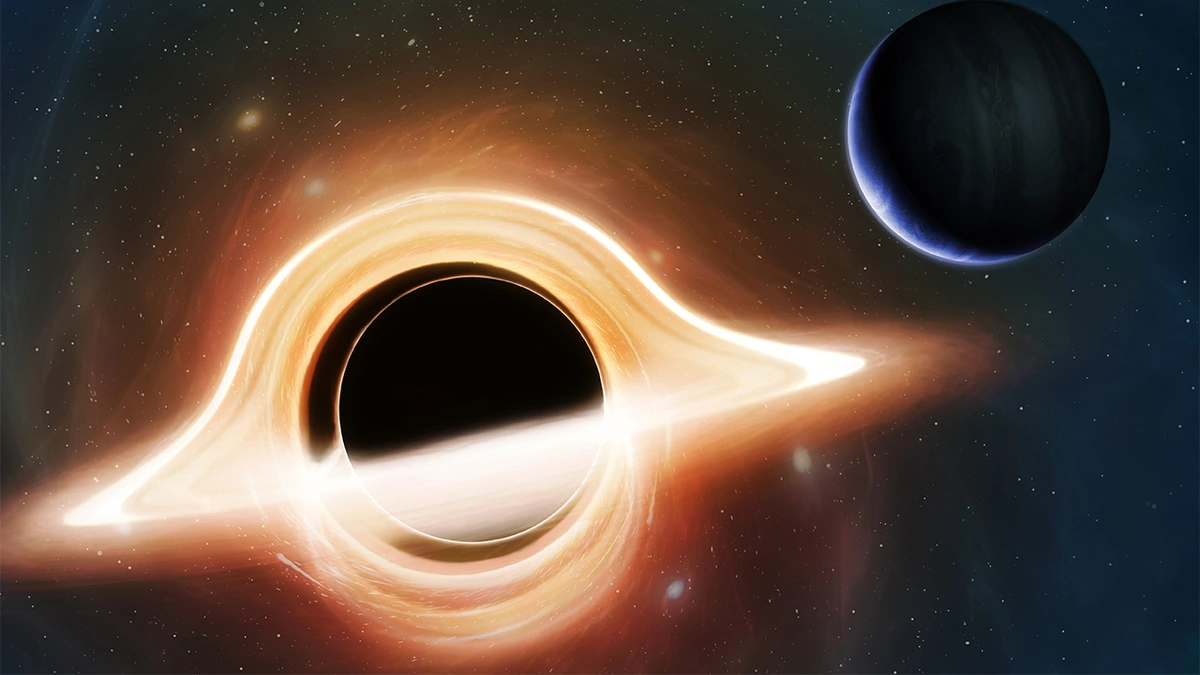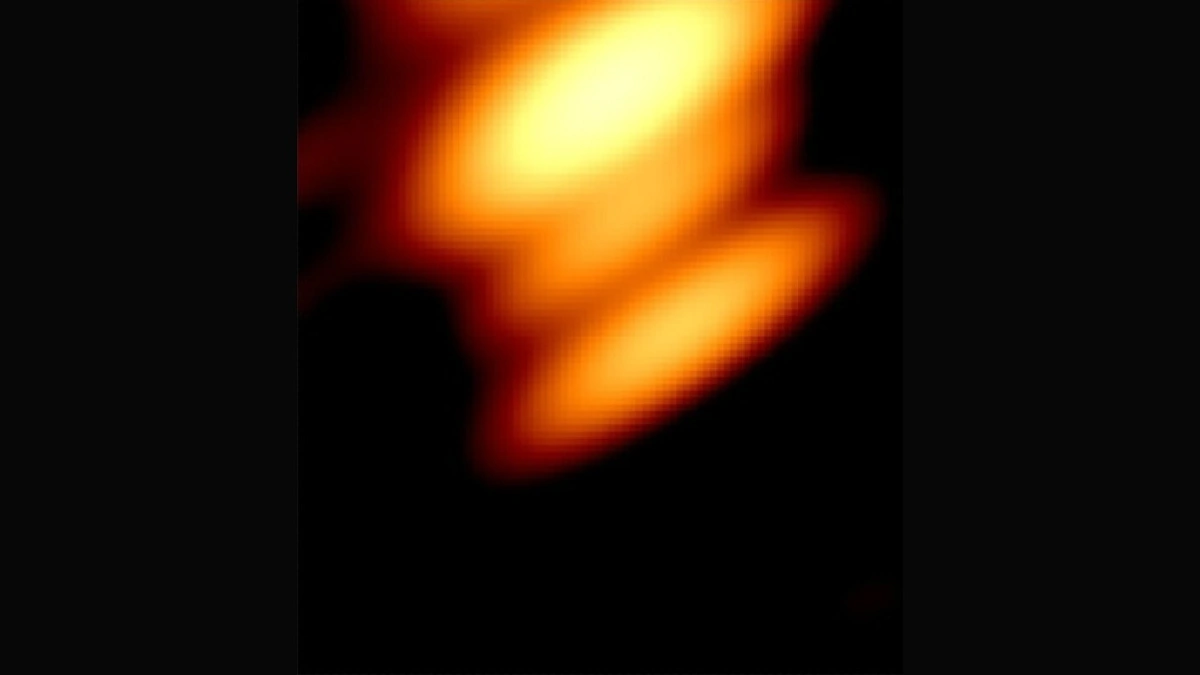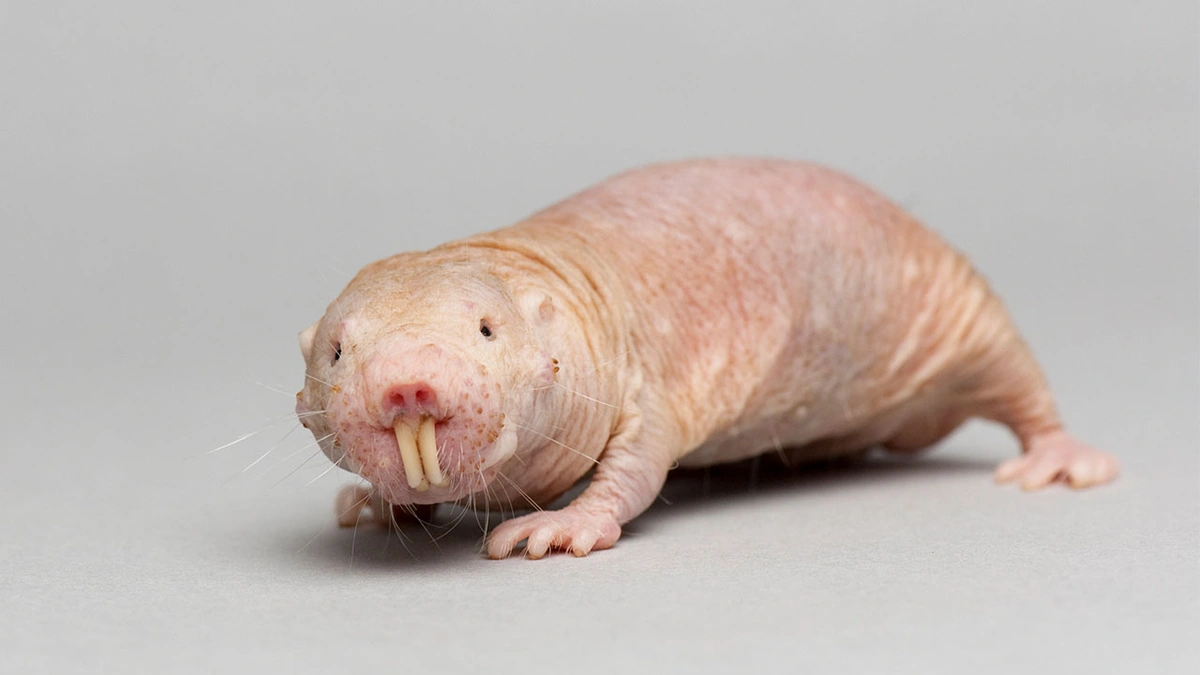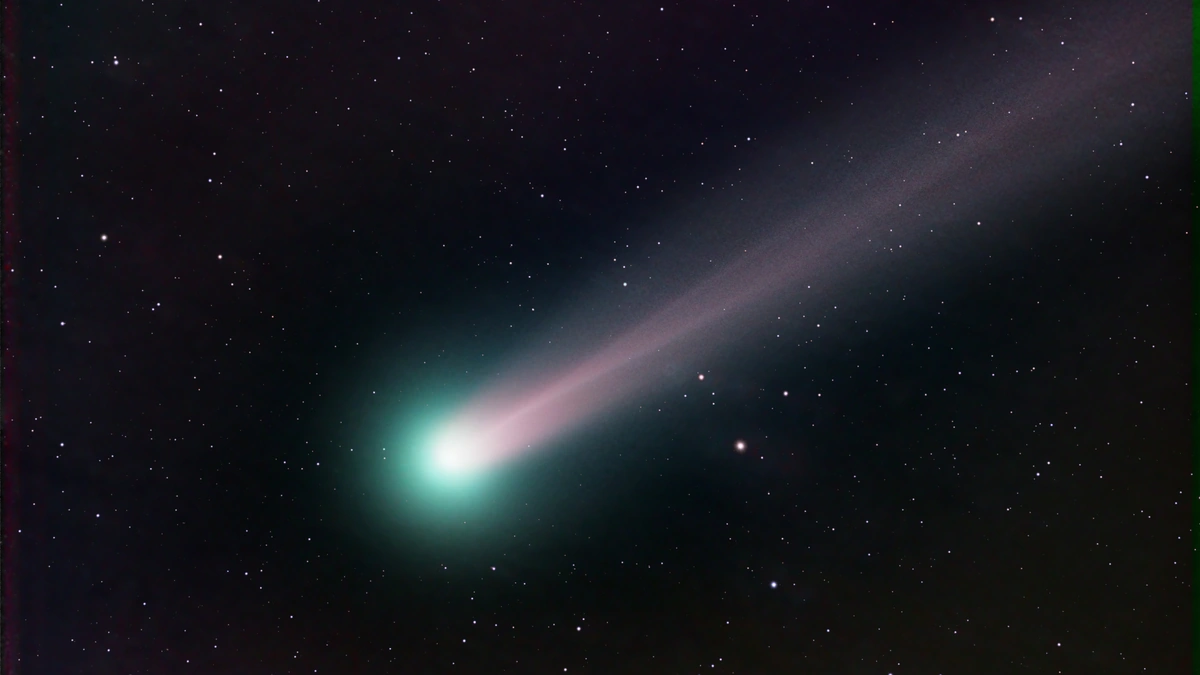Finnish Astronomers Image Orbiting Black Hole Pair for the First Time
Okay, folks, buckle up because we’re about to dive into some seriously mind-bending cosmic news. A team of Finnish astronomers has achieved something truly remarkable: they’ve captured the first-ever image of a pair of orbiting black holes . I know, it sounds like something straight out of a sci-fi movie, but trust me, this is real, and it’s a game-changer. Forget the usual space pictures, this discovery changes everything!
Why This Matters | More Than Just a Pretty Picture

Here’s the thing: we’ve known about black holes for a while. We’ve even detected gravitational waves from their collisions. But seeing them in action, orbiting each other? That’s a whole different ballgame. So, why is this so important? Well, it boils down to a few key things.
First, it confirms some of our most fundamental theories about gravity and the universe. Einstein’s theory of general relativity predicts that massive objects like black holes should warp spacetime around them, causing them to orbit each other. This image provides direct visual evidence of that happening. Secondly, understanding how binary black hole systems work can help us learn more about galaxy evolution. These systems are thought to play a crucial role in shaping the galaxies we see today.
And there’s more. Studying these orbiting black holes allows us to test the limits of our current understanding of physics. Under extreme conditions, like those found near black holes, our theories can break down. Observing these systems gives us clues about how to refine and improve our models. It allows us to explore general relativity under intense conditions. I initially thought this was just a cool photo, but the implications are enormous!
The ‘How’ | Peering Into the Abyss
Now, you might be wondering, how on Earth did they manage to take a picture of something that’s, well, black? Black holes, by their very nature, don’t emit light. The trick lies in observing the environment around them. Here’s how they did it:
The Finnish team used a technique called very-long-baseline interferometry (VLBI). This involves linking together multiple radio telescopes across vast distances to create a virtual telescope the size of the Earth. This allows them to achieve incredibly high resolution, enough to resolve the faint radio waves emitted by the material swirling around the black holes.
Think of it like this: imagine trying to see a tiny pebble on the moon. You wouldn’t be able to do it with a regular telescope. But if you had a telescope the size of the Earth, you might just have a chance. That’s essentially what VLBI does.
But , what fascinates me is how they can pinpoint that radio wave data. These supermassive black holes required precise work to finally view them. They had to make sure that the image was clear and accurate.
The Emotional Angle | A Sense of Awe and Wonder
Let’s be honest, looking at an image of orbiting black holes evokes a sense of awe and wonder. It’s a reminder of the vastness and complexity of the universe, and our place within it. It sparks our curiosity and makes us ask questions about the nature of reality. I remember the first time I saw a picture of a nebula; it changed my whole perspective.
That feeling of being a small part of something much bigger is powerful. It connects us to the cosmos and to each other. It reminds us that there’s still so much to discover and explore. The universe is full of surprises, and this image is just one small glimpse into its mysteries.
The Future of Black Hole Research
What’s next? This groundbreaking image opens up a new window into the study of orbiting black holes . Scientists can now use this information to refine their models and make even more accurate predictions about the behavior of these systems. The Event Horizon Telescope, which captured the first image of a black hole’s shadow, will continue to play a crucial role in this research.
In addition, future space-based observatories, like the LISA mission, will be able to detect gravitational waves from merging black holes with unprecedented precision. This will provide complementary information to the radio observations, giving us a more complete picture of these fascinating objects. The collaboration between different observatories will bring even more success!
The study of black holes is a rapidly evolving field, and this image is a major step forward. It’s a testament to human ingenuity and our unwavering curiosity about the universe. I can’t wait to see what other amazing discoveries await us in the years to come.
FAQ
What are black holes?
Black holes are regions in spacetime where gravity is so strong that nothing, not even light, can escape from it. They form when massive stars collapse at the end of their lives.
How do astronomers image black holes if they don’t emit light?
Astronomers image black holes by observing the effects they have on their surroundings, such as the way they warp spacetime or the radiation emitted by the material swirling around them.
What is VLBI?
VLBI stands for very-long-baseline interferometry. It’s a technique that involves linking together multiple radio telescopes across vast distances to create a virtual telescope the size of the Earth, allowing for incredibly high resolution.
Why are orbiting black holes important to study?
Studying orbiting black holes can help us learn more about galaxy evolution, test our understanding of gravity, and explore the limits of physics under extreme conditions.
What are gravitational waves?
Gravitational waves are ripples in spacetime caused by accelerating massive objects, such as merging black holes. Detecting these waves allows us to “hear” the universe in a new way.
Will orbiting black holes eventually collide?
Yes, orbiting black holes are expected to eventually collide. As they orbit each other, they lose energy in the form of gravitational waves, causing them to spiral closer together until they merge. This is a cataclysmic event.













